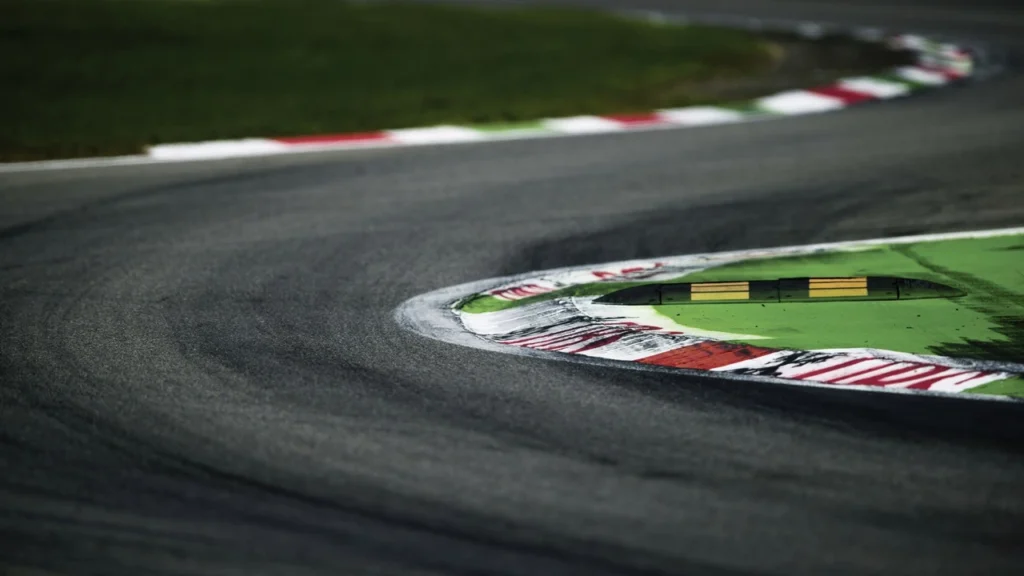Racing games occupy a unique space in the gaming world, offering players the opportunity to experience the thrill of high-speed racing from the comfort of their own homes. However, behind the scenes, game developers face a significant challenge: striking the delicate balance between realism and accessibility. In this article, we’ll delve into the complexities of this challenge and explore how developers navigate the fine line between creating a true-to-life racing experience and ensuring that their game is approachable and enjoyable for players of all skill levels.

Read also about: The Thrilling World of Off-Road Racing Games.
The Realism Conundrum:
One of the primary challenges facing developers of racing games is the quest for realism. Many players are drawn to racing games because they seek an experience that accurately simulates the sensation of driving a high-performance vehicle. Achieving this level of realism requires developers to painstakingly recreate the physics of vehicle handling, the nuances of different track surfaces, and the intricacies of real-world racing circuits. While realism can enhance immersion and provide a sense of authenticity, it can also pose a barrier to entry for less experienced players who may find the controls too complex or the learning curve too steep.

Accessibility for All:
On the other hand, accessibility is paramount in ensuring that racing games appeal to a broad audience. Developers must strive to create games that are easy to pick up and play, with intuitive controls and gameplay mechanics that can be enjoyed by players of all skill levels. This means finding the right balance between realism and arcade-style gameplay, offering options for assisted driving aids and adjustable difficulty settings, and providing clear tutorials and guidance for new players. By making their games accessible, developers can attract a wider audience and ensure that players of all abilities can enjoy the thrill of racing.
Striking a Delicate Balance:
Finding the perfect balance between realism and accessibility is no easy feat. It requires careful consideration of various factors, including player feedback, market trends, and technological limitations. Developers must weigh the desire for authenticity against the need to create a game that is fun, engaging, and inclusive. This often involves making compromises and trade-offs, such as sacrificing some degree of realism in favor of smoother gameplay or implementing optional features that cater to different player preferences.
The Evolution of Racing Games:
Over the years, racing games have evolved significantly, with developers continually pushing the boundaries of what’s possible in terms of realism and accessibility. Advancements in technology have allowed for more realistic graphics, improved physics engines, and enhanced AI behavior, bringing players closer than ever to the thrill of real-world racing. At the same time, developers have placed a greater emphasis on accessibility, with features like rewind functions, adjustable difficulty settings, and dynamic racing lines making it easier for players to enjoy the experience without feeling overwhelmed.

Conclusion:
In the world of racing game development, striking the balance between realism and accessibility is an ongoing challenge. Developers must carefully consider the needs and preferences of their audience while pushing the boundaries of what’s possible in terms of graphical fidelity, physics simulation, and gameplay innovation. By finding the perfect balance between these competing priorities, developers can create racing games that are both immersive and enjoyable for players of all skill levels, ensuring that the thrill of high-speed racing remains accessible to everyone.


